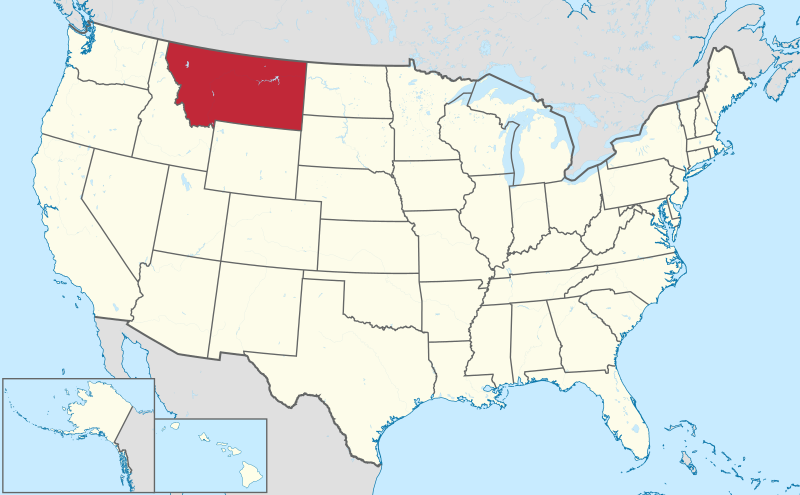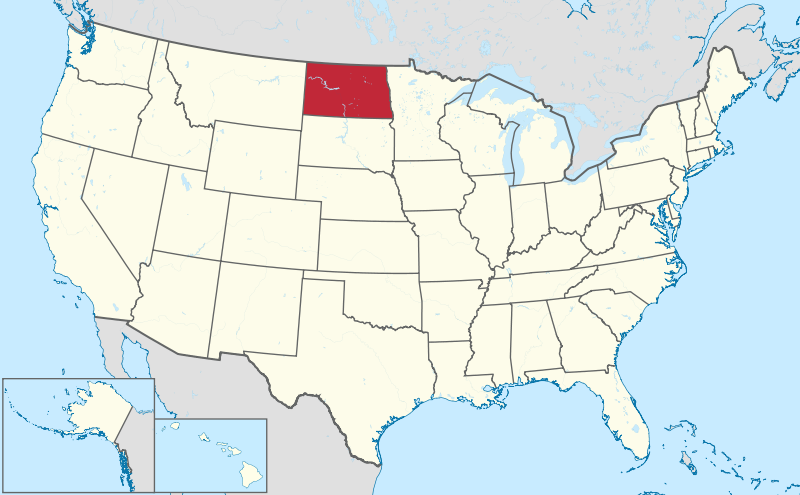Journal by Clark
14th August Tuesday 1804
a fine morning wind from the S E The men Sent to the Mahar Town last evening has not returned we Conclude to Send a Spye to Know the cause of Their delay at about 12 oClock the Party returned and informed. us that they Could not find the Indians nor any fresh Sign, those people have not returned from their Buffalow hunt, Those people haveing no houses no Corn or any thing more than the graves of their ancesters to attach them to the old Village, Continue in pursuite of the Buffalow longer than others who had greater attachments to their native Village— the ravages of the Small Pox [NB: about 4 years ago] (which Swept off 400 men & women & Children in perpoposion) has reduced this Nation not exceeding 300 men and left them to the insults of their weaker neighbours which before was glad to be on friendly turms with them— I am told whin this fatal malady was among them they Carried ther franzey to verry extroadinary length, not only of burning their Village, but they put their wives & Children toD[e]ath with a view of their all going together to Some better Countrey— They burry their Dead on the tops of high hills and rais mounds on the top of them,— The cause or way those people took the Small Pox is uncertain, the most Probable from Some other Nation by means of a warparty
Journal Reference:
Lewis, M., Clark, W., and Members of the Corps of Discovery. (2002). September 4, 1806. In G. Moulton (Ed.), The Journals of the Lewis and Clark Expedition. Lincoln: University of Nebraska Press. Retrieved Oct. 1, 2005, from the University of Nebraska Press / University of Nebraska-Lincoln Libraries-Electronic Text Center, The Journals of the Lewis and Clark Expedition web site:






![[Cover photo] The Old Courthouse](http://www.cr.nps.gov/nr/twhp/wwwlps/lessons/9stlouis/9images/9cover.jpg)
















